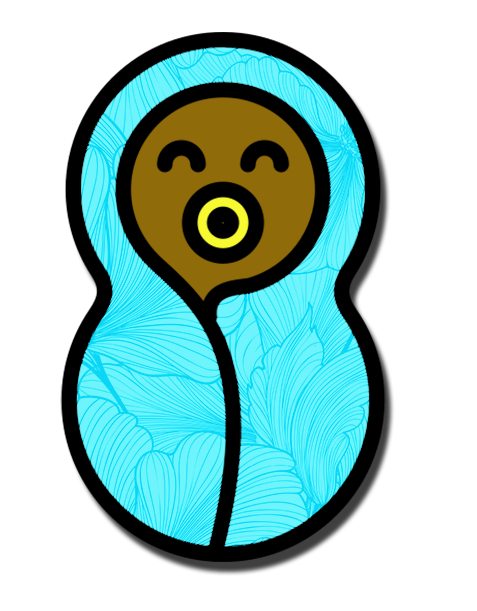Exploring the low rate of HCV infection in newborns
Unlike other blood-borne viruses such as HIV and hepatitis B, the risk of a baby being infected with hepatitis C during the mother’s pregnancy or during birth is very low. Only about 5% of babies born to mothers who have hepatitis C are themselves infected by the disease.
A possible reason for this low figure is that the baby’s immune system has already destroyed the virus
before birth. A new study from researchers at Sweden’s Karolinska Institutet, published in the journal Gut, reveals clear adaptations of the uninfected babies’ immune system that may now lead the way to new treatment methods.

“The immune system of the [exposed but non-infected] babies shows similar changes to that in babies infected with hepatitis C,” explained Niklas Björkström, a doctor and researcher at the Institutet. “This could suggest that the immune cells have encountered the virus in the womb and managed to eliminate it before birth.”
The study was conducted in collaboration with a maternity hospital in Saint Petersburg, Russia. Of the 55 pregnant women participating, 40 had an active hepatitis C infection, while the others had been cured, but still tested positive for hepatitis C antibodies.
The babies born to women with an active infection were all considered exposed to the virus; despite this, only three of these 40 babies developed hepatitis C.
All the infants were monitored up to the age of 18 months through regular testing, and to increase the volume of comparable data, samples were added from 18 infants who had been infected with hepatitis C at birth.
This is particularly important research in the quest for a vaccine for hepatitis C.
The study showed that both the babies born with an infection and the babies who had been exposed to the virus by an infected mother had similar changes in their adaptive immune system, with clear adaptations of the body’s B lymphocytes, the role of which is to produce antibodies able to discover and identify alien microbes, such as viruses, bacteria and parasites.
“A possible explanation is that most babies exposed to the virus in utero manage to deal with it, which we can later see by the B lymphocytes,” said Dr Björkström. “One interesting hypothesis is that these cells can contain novel information that we can use to protect ourselves against hepatises C in the future.”

This is particularly important in the quest for a vaccine for hepatitis C. “This is why we need to continue researching,” Dr Björkström said. “We need to understand what it’ll take to obtain lasting protection against the virus. Only then can we attain the WHO goal of elimination.”
The researchers will now be investigating whether other immune cells in the infants have changed in a similar way. You can see the study here.
This article first appeared in issue 86 of the Hepatitis SA Community News.
